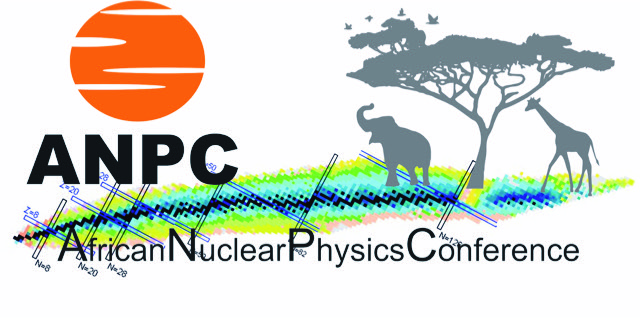Speaker
Description
The neutron skin have attracted much attention in connection with the symmetry energy of the nuclear equation of state. The low-lying electric dipole modes, sometimes called as pygmy dipole resonance (PDR), located at 6~10 MeV is considered to be related to the neutron skin, since PDR is often considered as an oscillation of the excess neutrons against the isospin saturated core. However, the origin and structure of PDR is still under debate.
Recently, a theoretical work showed that the PDR strengths are rapidly enhanced at the neutron number N=28~34, and it is due to the occupation of low angular-momentum orbit by the valence neutrons [1]. In addition, it is also shown that the PDR strength in 52Ca (N=32) is well correlated to the neutron skin thickness [2]. To investigate experimentally the evolution of the PDR strength in N=28~34 region and to constrain the neutron skin thickness of 52Ca, the electric dipole response of 50,52Ca have been measured by using the relativistic Coulomb excitation in inverse kinematics.
The experiment was performed at RIKEN RIBF. The secondary beams of 50Ca and 52Ca were produced via the fragmentation of 345 MeV/nucleon 70Zn primary beam. The 50,52Ca beams were impinged on Pb and C targets. The outgoing charged particles and neutrons were measured by the SAMURAI spectrometer and the neutron detectors, respectively. The neutron detectors were combination of NEBULA and the NeuLAND demonstrator. The de-excitation gamma-ray from the reaction residue was measured by the gamma-ray detector CATANA and LaBr3 detectors. The excitation energy of 50,52Ca was reconstructed by using the momenta of outgoing particles including the gamma-rays.
In this talk, we will report on the low-energy electric dipole strength in 50,52Ca and discuss its evolution along the neutron number.
[1] T. Inakura et al., Phys. Rev. C 84, 021302(R) (2011).
[2] T. Inakura et al., Phys. Rev. C 88, 051305 (2013).

